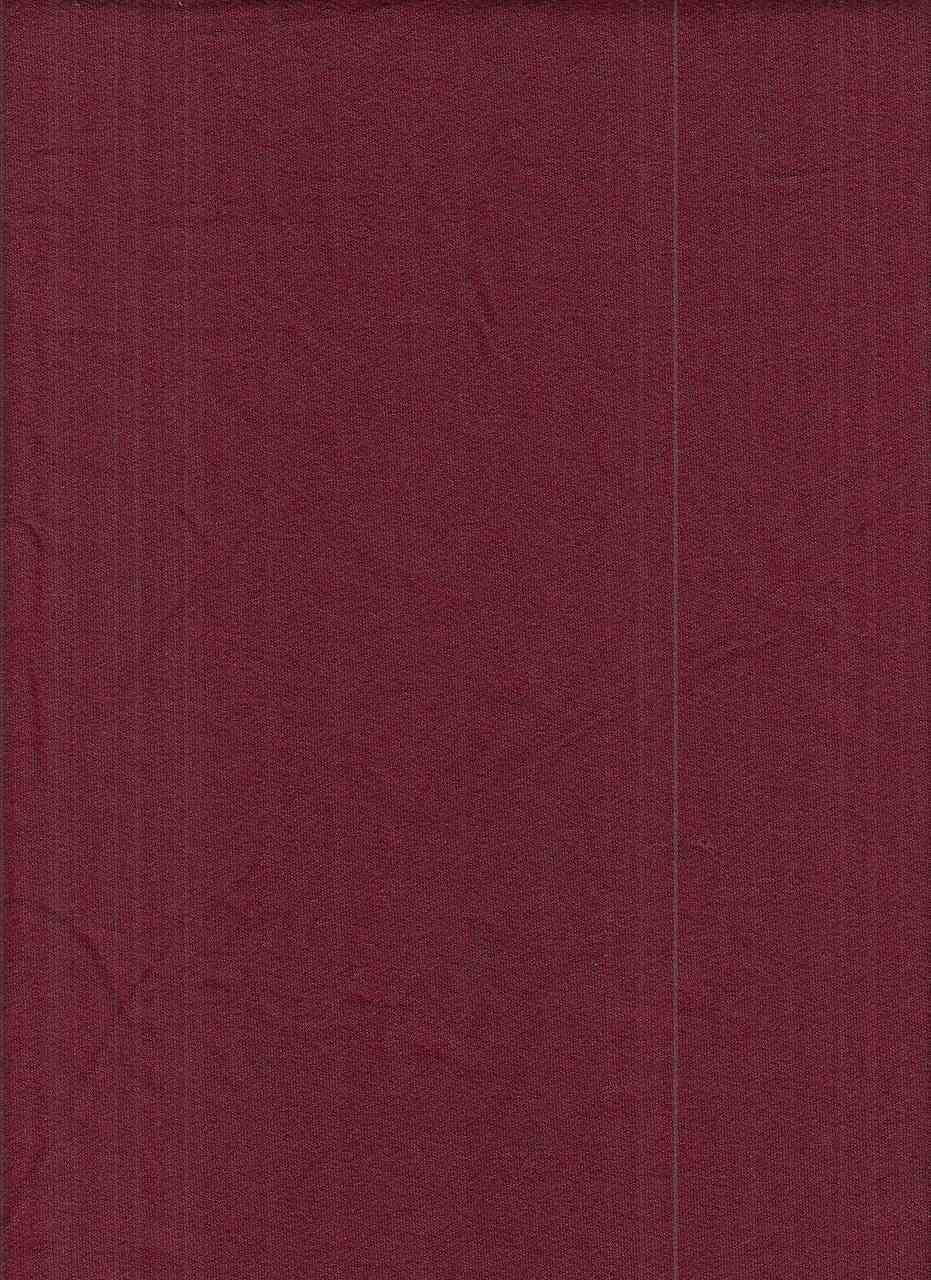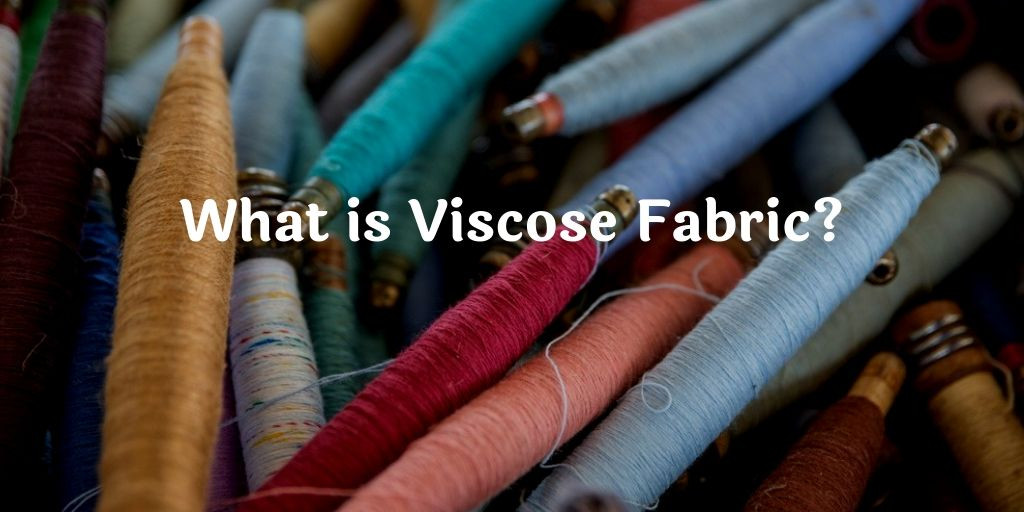What is Viscose Fabric? Everything You Need to Know
Jul 8th 2019
Understanding the nature of fabrics will help you decide on the right one when you’re trying to execute a sewing project. Viscose or rayon is a synthetic fabric that has been around for years. But should you use it for your clothing apparel? What makes it special? If you ask yourself these questions, then you’ve come to the right place.
What is Viscose?
Viscose and rayon refer to the same fabric. This is also known as artificial silk. The name is derived from the word “viscous”, where cellulose fibers are changed into this material using a viscous liquid. The result is a fabric that is mostly a blend of natural and synthetic fibers.
This fabric is definitely more affordable than other natural fibers like cotton and silk. It can be used alone or combined with natural fibers like cotton, wool or linen. You can also find viscose that has some stretch to it where the fibers are combined with Lycra. As a result, it will show the features of synthetic fibers in a natural feel, overcoming the shortcomings of natural materials that make them difficult to work with or hard to maintain. In that sense, it’s categorized as a bio-based fabric.
Why is Viscose So Popular?
Whether you’re an expert or an amateur sewing enthusiast, you probably already know that viscose is a very popular fabric. You can find it in different clothing items and it comes in lots of shapes and patterns. So why is it that popular? Here are some reasons.
- This fabric is very versatile. It’s a suitable choice for various models, whether it’s used on its own or mixed with other fabrics.
- It’s breathable. This is a common issue with man-made or synthetic fabrics, but since viscose is not 100% synthetic, it’s quite breathable.
- Viscose has excellent color retention and can be dyed easily- a trait that definitely appeals to fashion designers and industry experts. This is why it’s likely to find viscose in the most fashionable colors and hues. It will show deep and bright colors that don’t change.
- It drapes well. The fabric feels soft to touch and has a rich weight to it. It can be used to create drapes and movements in several clothing items and styles.
- Viscose is very smooth to touch. It’s quite affordable but it has the same feel of the more expensive natural silk, making it a budget-friendly alternative.
This fabric is a good choice for hot and humid summer days because it absorbs moisture and feels cold. However, you might choose another material if you want to make a heavier model for colder weather.
What are the Drawbacks of Using Viscose?
While viscose is definitely one of the most popular materials, it does with a few negative traits that you should be aware of. Understanding these traits will help you decide whether it’s the material you want to use or not.
- Viscose isn’t wrinkle-free. It wrinkles easily when worn, which can affect the way your clothing item will look, especially if you want to look good for a special occasion.
- It can shrink. You should be very careful while cleaning a clothing item made of viscose, or it might not fit.
- Although this material is durable, it loses lots of its strength when it’s wet. It’s extremely important to handle your wet viscose items with care.
- Viscose will absorb moisture like sweat and body oils. This will affect its color, in the long run, so you should clean it regularly after every use to maintain its condition.
There’s no doubt that viscose is one of the most misunderstood fabrics. It looks great but you might decide not to buy it because of all the rumors about it. First of all, this fabric isn’t 100% synthetic. It’s made of natural fibers that are chemically processed and treated until they can be turned into this beautiful and soft material. This is why it’s a budget-friendly hybrid between natural and synthetic fibers. Nowadays, manufacturers and scientists are trying hard to use eco-friendly chemicals to produce more sustainable types of viscose.

How to Care for Your Viscose Fabric?
As we said, the fabric loses most of its structure and strength when it’s wet. This is why washing it in the washing machine can totally damage your clothing item. Most of the clothing items that are made of viscose are labeled as “dry clean”. Twisting and pulling the fabric isn’t recommended, so you might be better off dry cleaning it unless you know how to wash it properly.
You can try to hand wash it as this can be gentle enough to clean the fabric. However, you should never twist it excessively even if you’re not using a washing machine. Since the fabric shrinks, you should use cold or lukewarm water and a mild detergent. After it’s perfectly washed, press on the clothing item and don’t twist it to get rid of the excess water. If using a washing machine is a must, then you should choose the gentle cycle. Viscose should be left to air dry.
If your viscose fabric gets stained, you should avoid scrubbing the spot aggressively. Viscose absorbs colors easily, so removing dry stains will be more challenging. Try to deal with stains as soon as they happen and don’t yank the fabric too hard as this will weaken the yarn and cause damage to your clothing item.
Viscose is durable and doesn’t get affected when exposed to heat. However, removing wrinkles is a bit difficult, especially if they happen when the material is wet. To iron it, put a pressing cloth between the iron and the fabric and use the silk setting.
Is Viscose the Right Fabric for You?
If you’re looking for a durable and affordable material with rich colors, then viscose is definitely a good choice. It withstands everyday use, drapes well, and feels soft to touch. However, you should make sure that you’re taking good care of your viscose clothing items so they can last for long.




